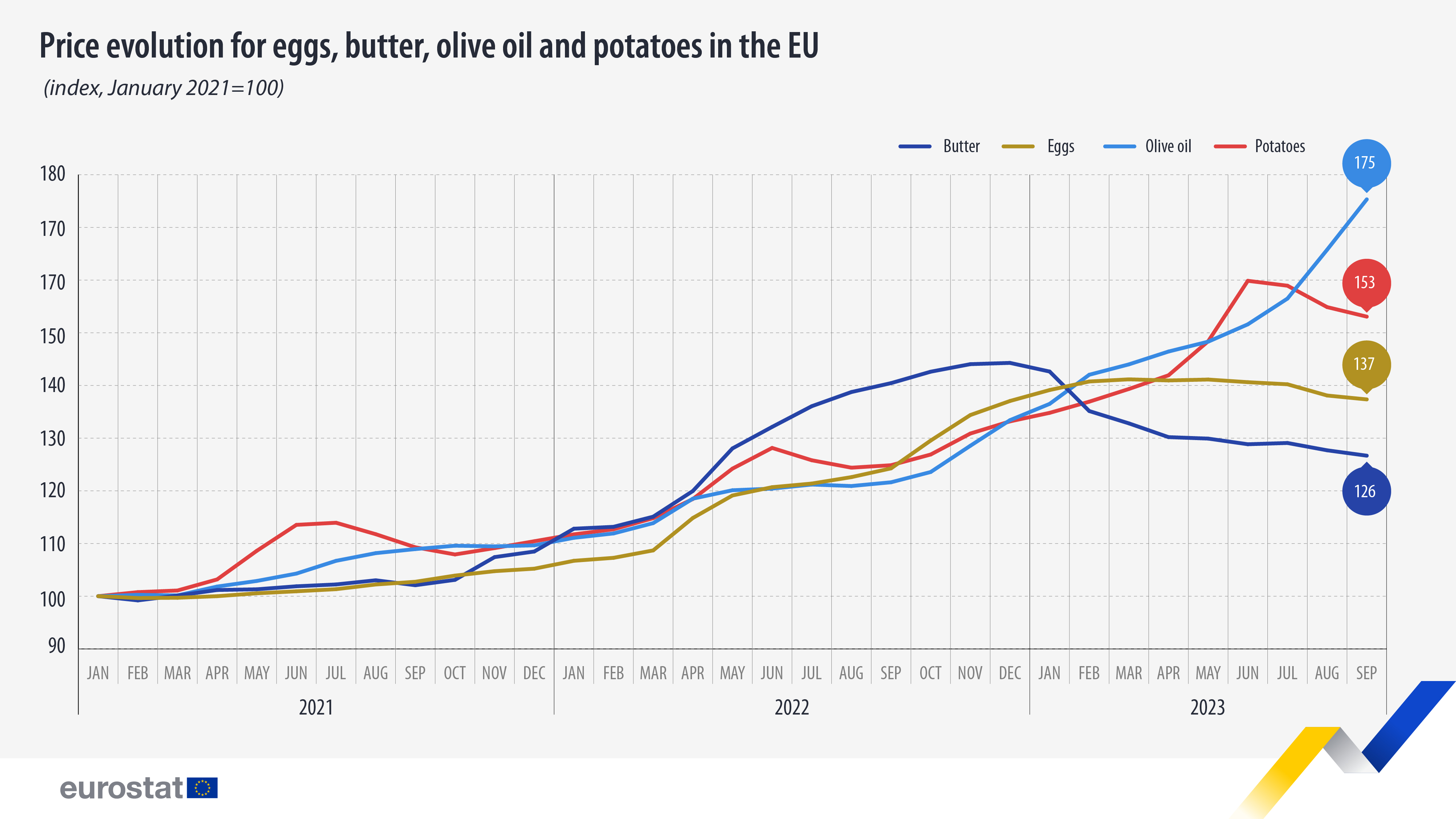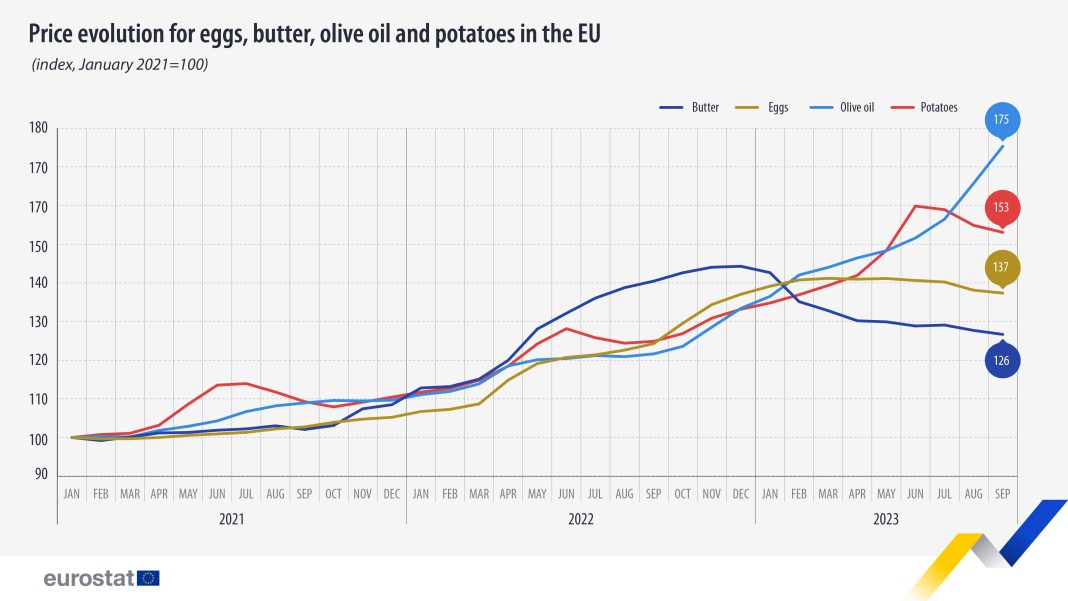 Oil Prices Rise as Market Remains Volatile
Oil Prices Rise as Market Remains Volatile
Introduction:
Oil prices experienced an upward trend on Monday, with both benchmark U.S. crude and Brent crude seeing significant gains. This comes amidst ongoing volatility in the oil market, driven by various factors such as supply concerns and global economic recovery. Let’s delve deeper into the factors influencing these price movements and their potential implications.
Supply Concerns Drive Crude Oil Prices:
Under the July delivery contract, benchmark U.S. crude oil rose by $1.88 to reach $80.33 per barrel, while Brent crude for August delivery increased by $1.63 to $84.25 per barrel. These price hikes can be attributed in part to concerns over global oil supply.
Ongoing geopolitical tensions and supply disruptions in key oil-producing regions have raised concerns about potential disruptions to the global oil supply chain. For instance, conflicts in the Middle East and Africa, including recent events in the Strait of Hormuz, have heightened supply fears. Any disruption to oil supplies from these regions can have a significant impact on oil prices, as these areas are major contributors to global production.
Furthermore, the Organization of the Petroleum Exporting Countries (OPEC) and its allies’ decision to gradually increase production levels has been closely monitored by market participants. Any unexpected changes in production targets can cause volatility in oil prices, as witnessed in recent weeks. The delicate balance between increasing production and meeting global demand continues to be a key factor impacting oil prices.
Economic Recovery and Oil Demand:
Another crucial factor influencing oil prices is the state of the global economy and its impact on oil demand. As countries strive to recover from the economic downturn caused by the COVID-19 pandemic, the demand for oil has gradually increased. The reopening of economies and resumption of travel have contributed to this uptick in demand.
However, concerns regarding new COVID-19 variants and potential setbacks in vaccination efforts continue to loom over the market. These uncertainties can impact the pace of economic recovery and, consequently, oil demand. Investors closely monitor these factors as they can have a significant influence on oil prices in the near term.
Impact on Other Commodities:
Apart from oil, other commodities experienced mixed movements. Gold prices, for example, faced a decline in value, with August delivery falling by $20.10 to reach $2,329 per ounce. Silver prices also dipped, with July delivery falling 8 cents to $29.39 per ounce. Similarly, July copper fell 5 cents to $4.45 per pound.
These price movements in precious metals and copper can be attributed to various factors, including shifts in investor sentiment, economic indicators, and global trade dynamics. Additionally, fluctuations in the value of the U.S. dollar and its impact on commodity prices cannot be overlooked.
Currency Exchange Rates:
The U.S. dollar saw some gains against the Japanese yen, rising to 157.72 yen from 157.29 yen. Simultaneously, the euro experienced a slight increase, rising to $1.0735 from $1.0700.
Currency exchange rates play a vital role in determining the competitiveness of commodities priced in different currencies. Fluctuations in exchange rates can impact the demand for commodities and ultimately affect their prices.
Conclusion:
In conclusion, oil prices rose on Monday amidst ongoing supply concerns and uncertainties surrounding global economic recovery. Factors such as geopolitical tensions, OPEC+ production decisions, and the pace of economic recovery continue to shape the oil market landscape. Additionally, other commodities experienced mixed movements, with gold, silver, and copper facing declines. The value of the U.S. dollar against major currencies also influenced commodity prices. As the oil market remains volatile, investors and market participants should closely monitor these factors to make informed decisions.


